The company aims to reduce carbon emissions by 50% by 2030 compared to 2017 levels and become completely carbon neutral by 2050. To achieve these ambitious goals, Celsa Nordic is following an innovative and comprehensive roadmap.
The first phase of the company's strategic plan begins with the construction of an electrolyser to produce green hydrogen. This electrolyser will be used both alone and in combination with CO gas and natural gas to reheat the billets used in steel production. This move aims to significantly reduce fossil fuel dependency in the production process.
Halvard Meisfjord, marketing director of Celsa Nordic, shared details of the second phase at the EUROMETAL event in Oslo. The company will build a new walking beam furnace at its existing rolling mill, which will utilise green hydrogen from the electrolyser. This furnace will have the ability to utilise different gas mixtures in order not to be affected by fluctuations in energy prices. This will provide flexibility in energy costs and maintain sustainable production
The investment for this giant project is expected to exceed EUR 35 million!
NOK 121 million (EUR 11 million) of these investments are being financed by the Norwegian state-owned financing company Enova. Construction is scheduled to start at the end of 2025 and the first products from the new plant are expected to be launched in the second half of 2026, with full capacity to be reached in 2027.
Celsa Nordic produced 683,000 tonnes of rebar and wire rod in 2023. The company's production capacity and environmental targets are in line with Europe's overall climate targets.
Earlier this year, the Celsa Group was considering the option of selling its international divisions in Norway, Poland and the UK in order to pay off its debts. However, this strategic decision does not appear to have affected the company's commitment to achieving its long-term sustainability goals.
Green steel production is a turning point for the steel industry in Europe. There are around 60 projects with the potential to reduce carbon emissions by 81.5 million metric tonnes per year by 2030, the most innovative of which involve the use of large quantities of hydrogen. The Nordic countries are leading the way in this field.
Celsa Nordic's innovative projects make a significant contribution to the efforts to reduce the carbon footprint of not only the company but also the global steel industry. These steps promise a cleaner and more sustainable industry in the future.




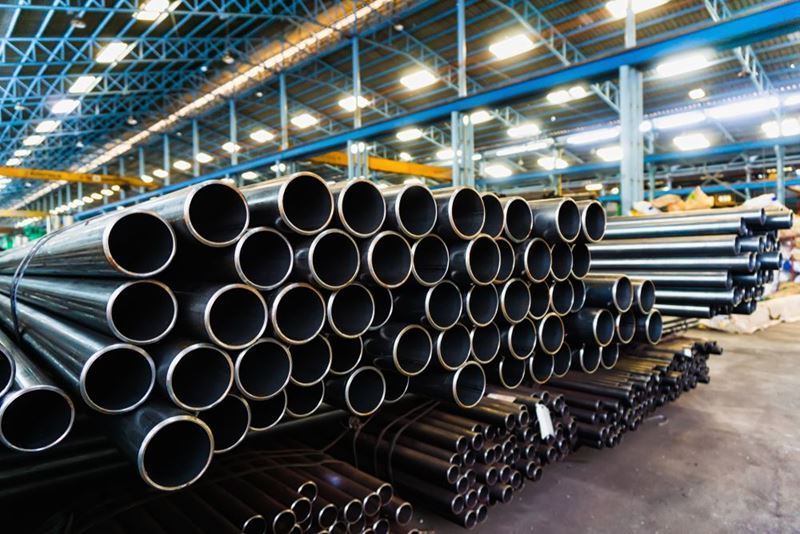
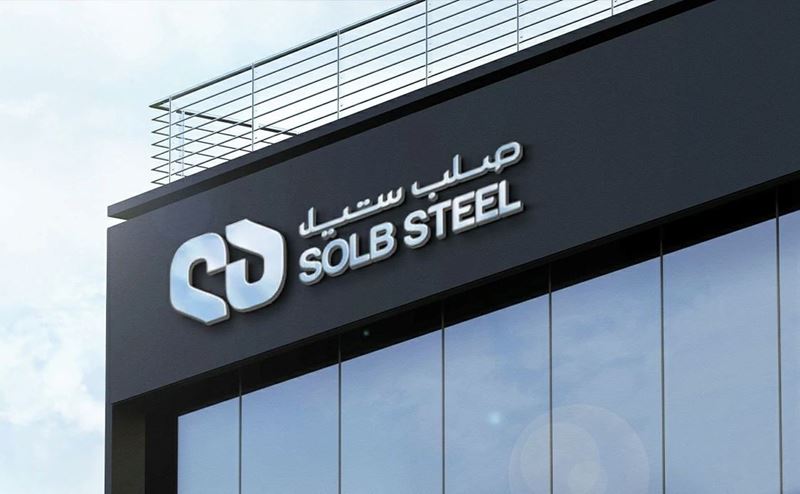
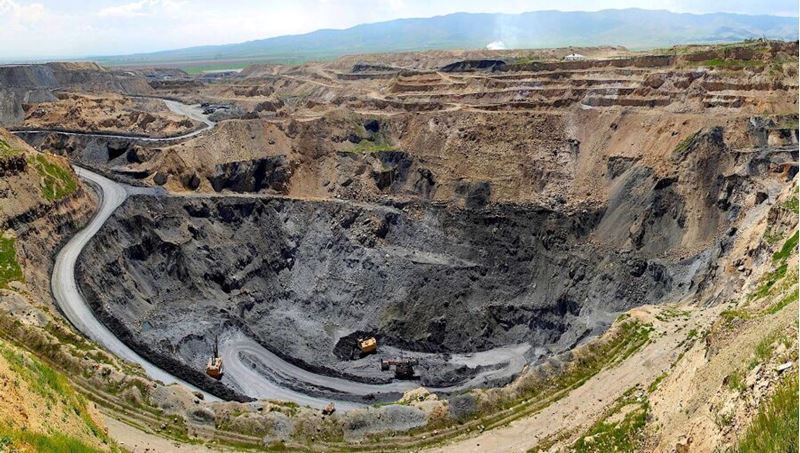
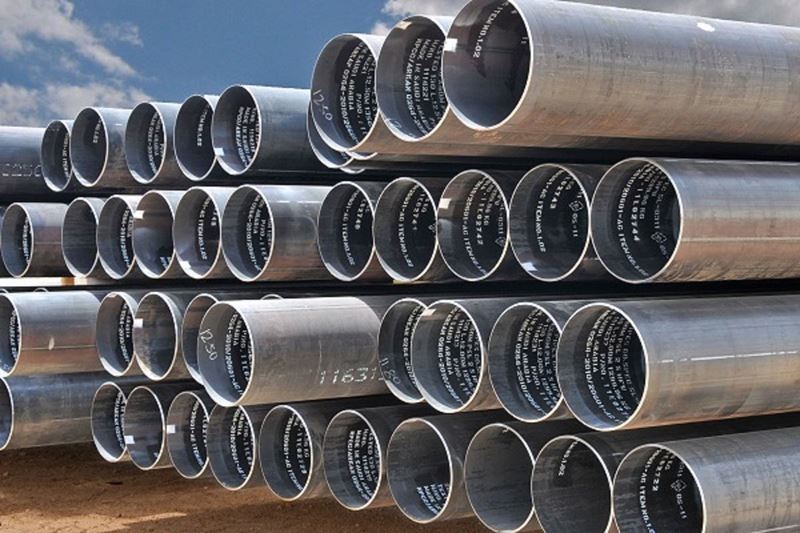
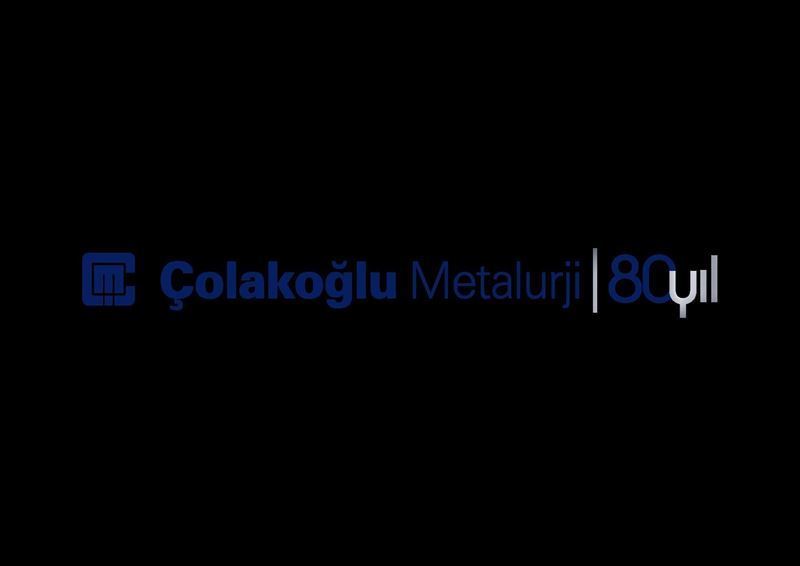


Comments
No comment yet.